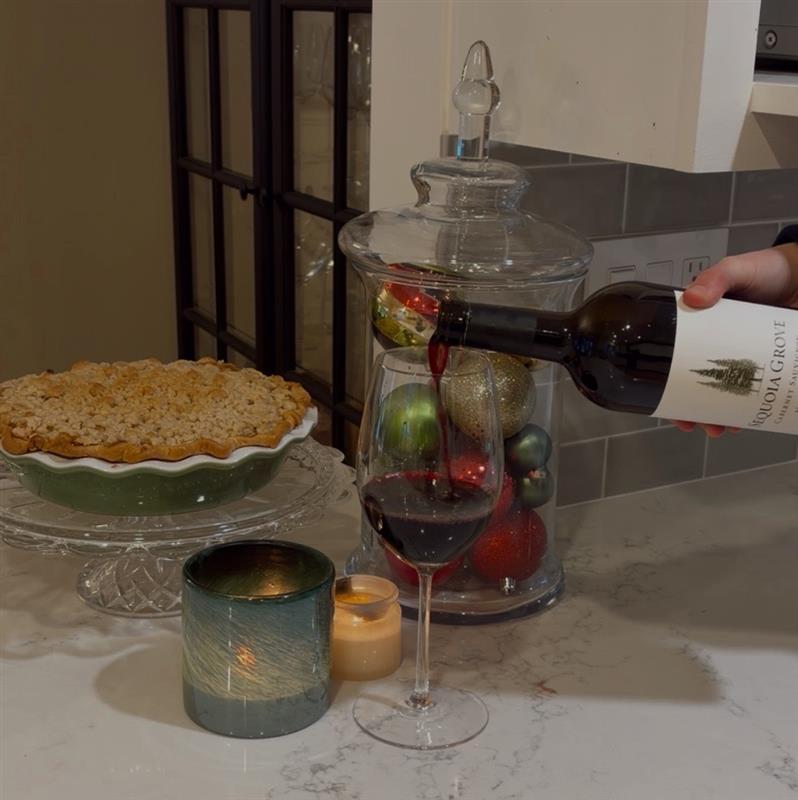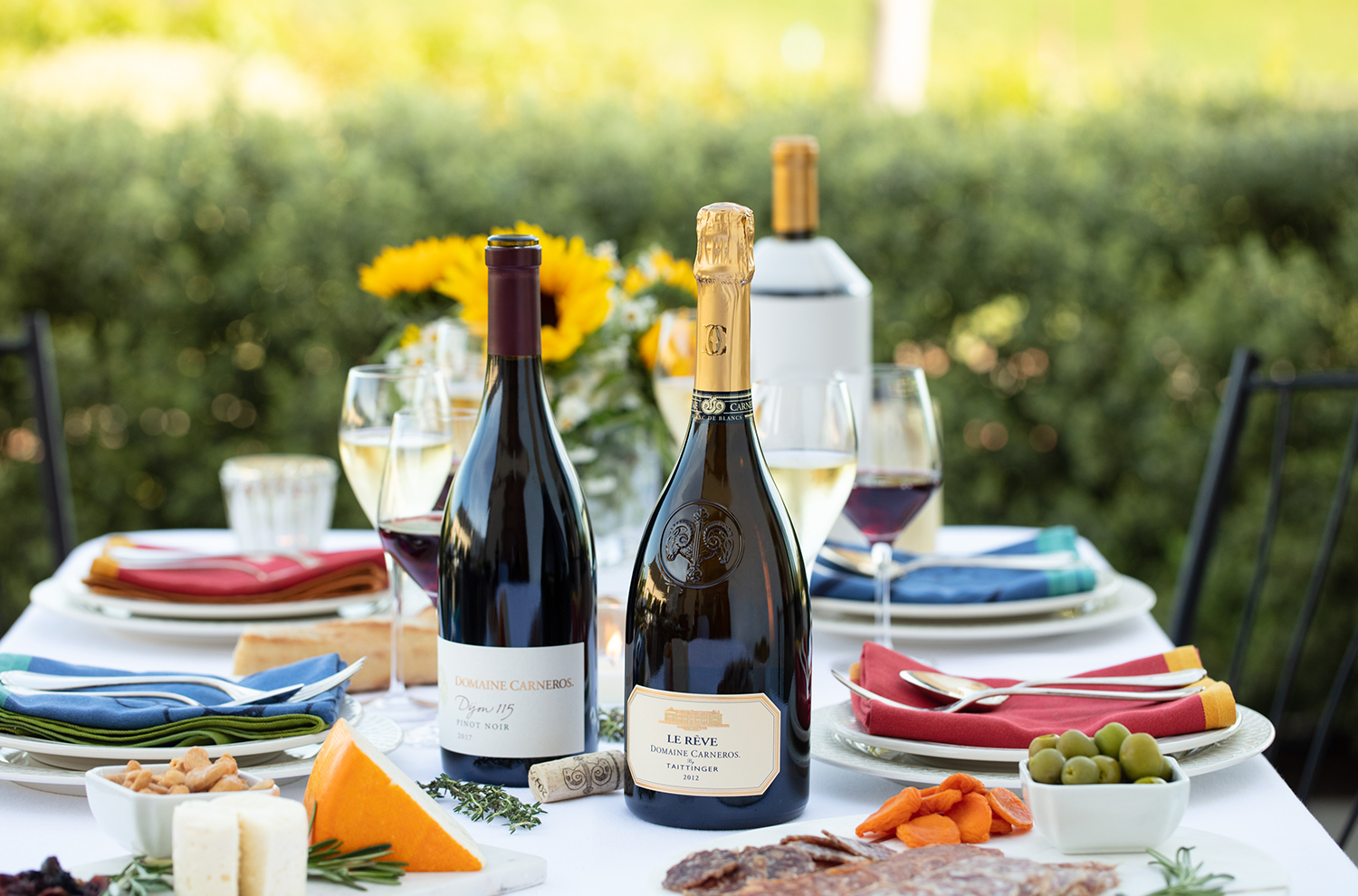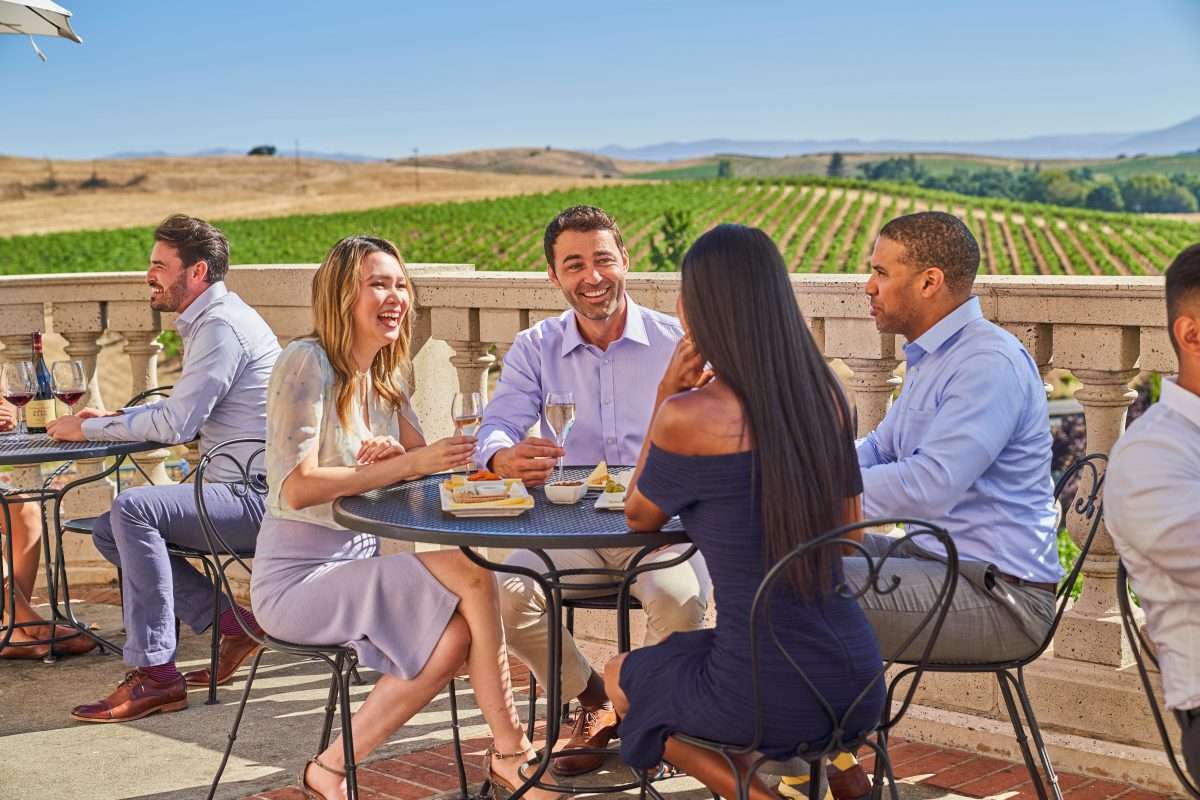Difficulty Level:
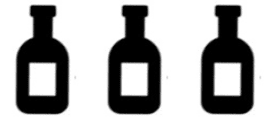
Where is Aleatico grown?
This red grape is typically grown in central Italy. It is mostly used in sweet wines using the passito method, where grapes are dried prior to fermentation. You can also find Aleatico grown on the small island of Elba, off the coast of Tuscany. Here it produces famous dessert wines that are classified under the Italian, DOCG.
Where is Grk grown?
This Croatian grape is grown on the island of Korcula. It is a white grape and can be used in dry or sweet wines; consider yourself lucky if you find this, because it is rarely seen in western export markets. If you can find a wine made from Grk, expect a delicious, high quality dry wine that has expressive acidity, complimented by notes of pine and saltiness.
Where is Reze grown?
Reze is the primary grape used in Vin du Glacier (Glacier wine), made in the snowy Swiss Alps. The wine is first made at a lower altitude. Once the wine has completed fermentation, the wine is traditionally moved to the higher altitude region of Val d’Annivers. There the wine is left to macerate and age in the cooler climate.
Where is Uva Rara Grown?
Grown mainly in southern Lombardy of northern Italy, this red grape is primarily a blending partner alongside Nebbiolo, adding softness and fruit to the wines. Uva Rara can also be used to make single varietal Oltrepo Pavese DOC wines.
Where is Koshu grown?
This pink colored grape is native to Japan and produces white wines with moderate acidity, minerality, and stone fruit flavors. The most famous growing area of Koshu is at the base of Mount Fuji.
Where is Mauzac Grown?
Mauzac is a white grape that is often compared to Chardonnay. This grape is typically grown in the Languedoc-Roussillon region of France where it is the star of still and sparkling wines from Limoux.
Where is Ives grown?
While most wine grapes are of the Vitis vinifera species (native to Europe), Ives is a Vitis labrusca grape (native to the U.S.). Ives is a black grape varietal grown mostly in New York State. It is well suited for New World fortified wine production made in the Old-World port style.
Where is Quagliano grown?
This blue-skinned variety is typically a blending partner in Colline Saluzzesi DOC in Piedmont. While this grape, like Uva Rara, is typically used as a blending partner with Nebbiolo and Barbera, there are some varietal wines being made under the Colline Saluzzesi Quagliano DOC.
Where is Arbane grown?
This rare white grape is grown in the Champagne region of France and is one of the seven grapes permitted for use in Champagne production. While Arbane was once widely planted, it’s vineyard acreage has diminished to only a few acers located in the Cote des Bar district.
Where is Terret Noir grown?
This dark-skinned mutation is grown in the Languedoc-Roussillon region of France and is also permitted for use in Chateauneuf-du-Pape wines from the Southern Rhone. Single variety wines made from Terret Noir are rare as this grape is almost exclusively used as a blending partner in Southeast France.
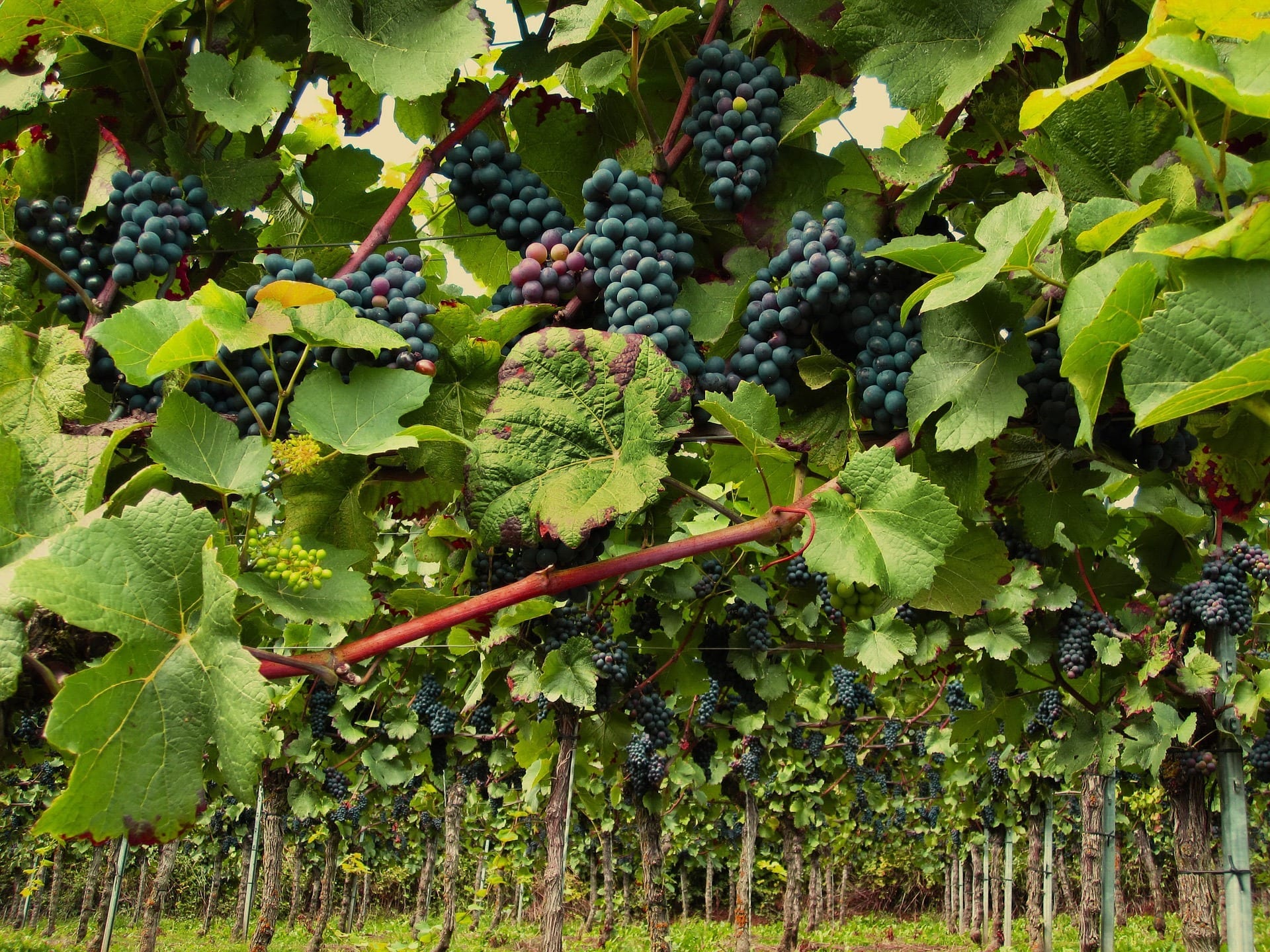
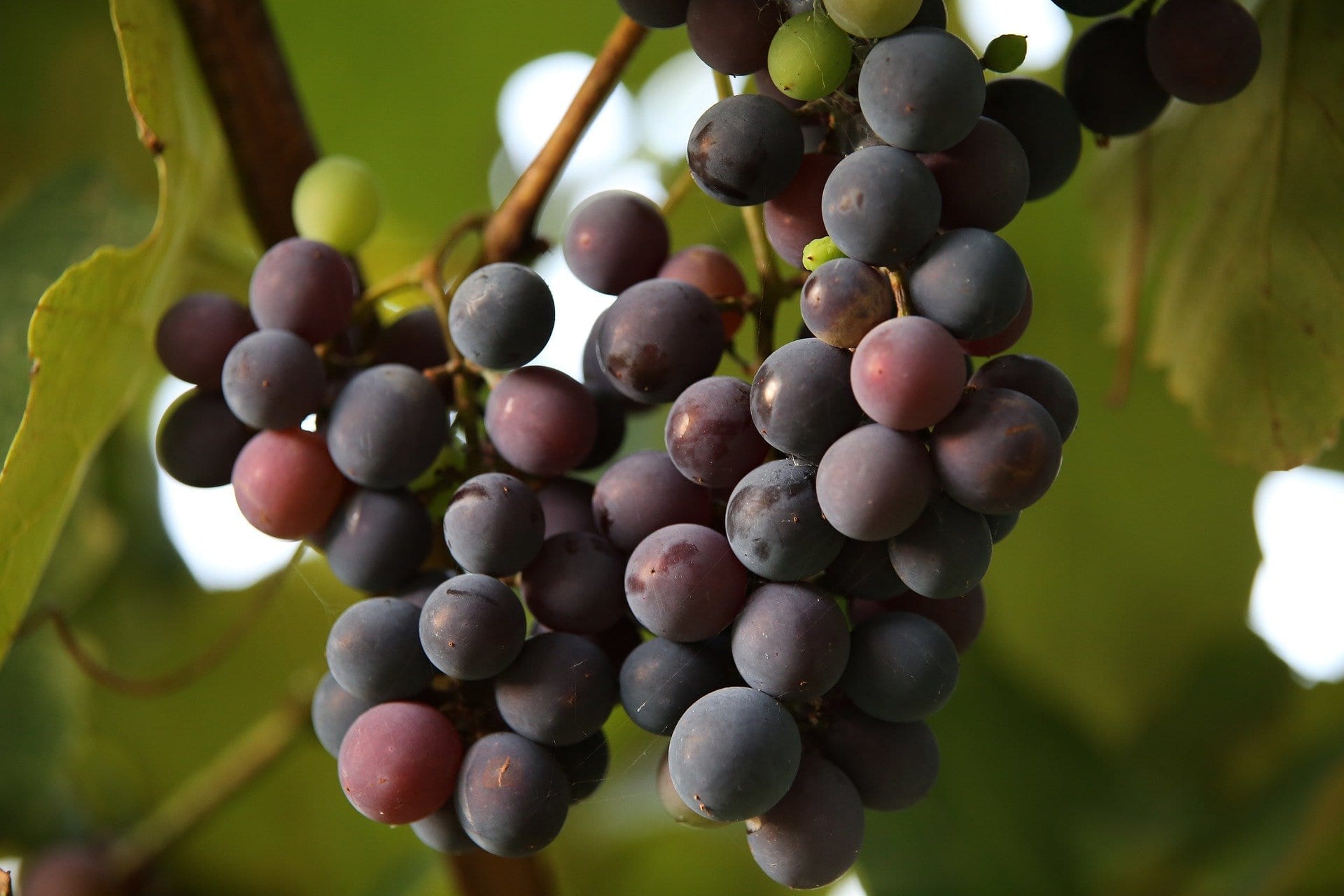
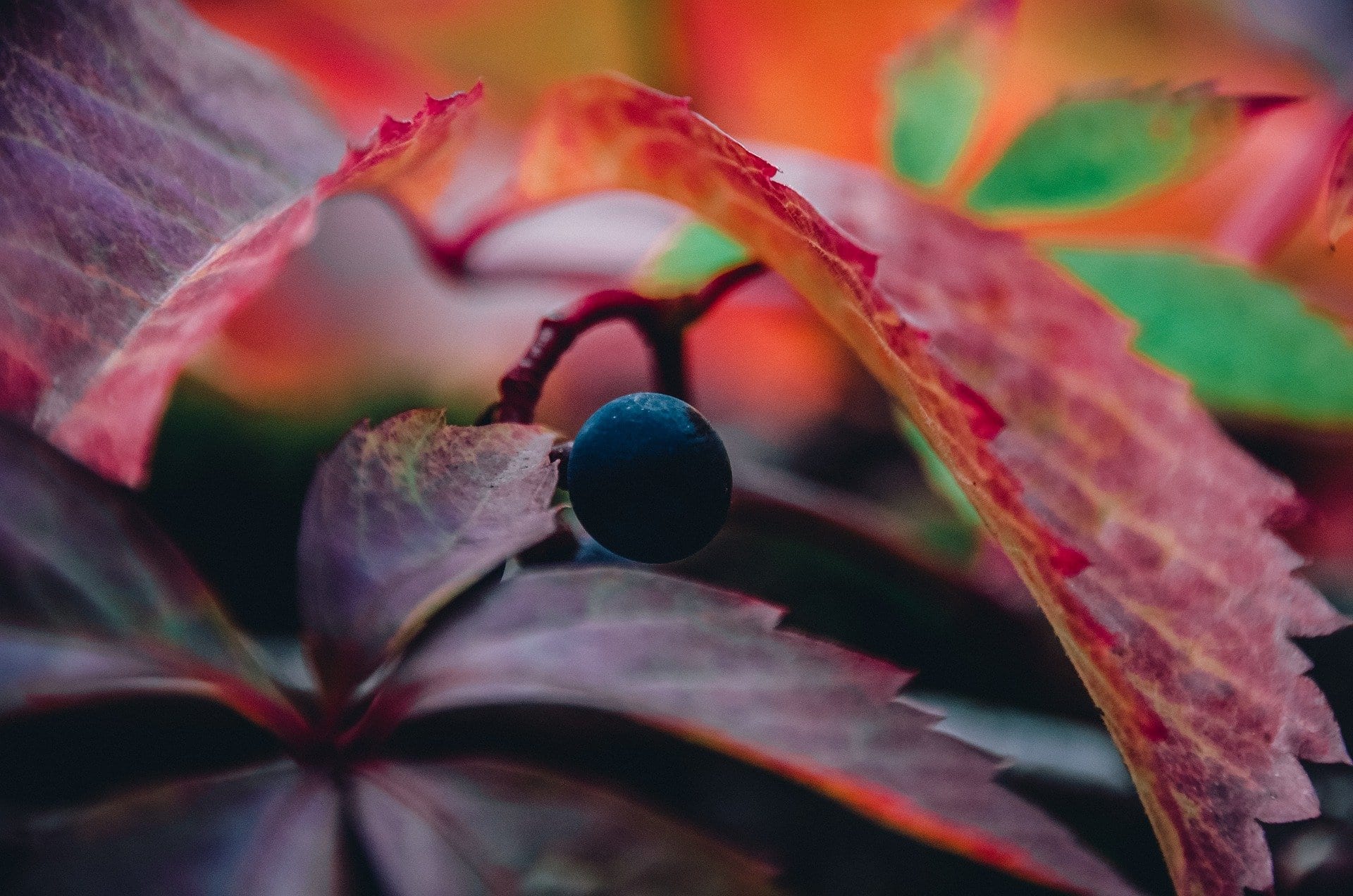
Share your Results:

